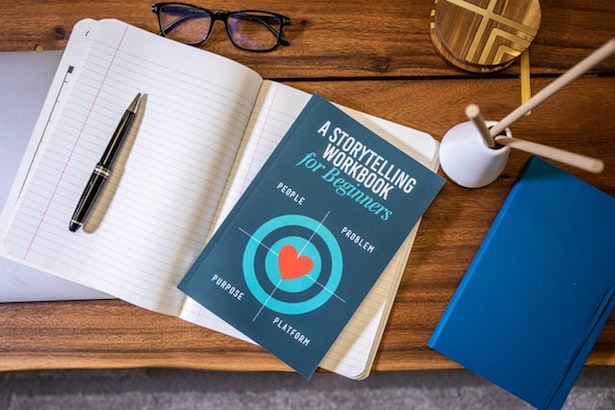
You already know. Countless neuroscience studies demonstrate that storytelling is the primary driver behind charitable giving.
It’s that emotional hook that triggers your supporters’ imagination. The story that you share about the impact of your work and how your donors are helping to make it happen. How are you making your donors feel?
Stories capture the mind’s eye. Stories build empathy. Stories compel your donors to give.
That’s why now, in times of crisis, revisiting your nonprofit’s story is critical.
And, when you encourage your supporters to share their own stories, storytelling builds community.
How can your nonprofit build an arsenal of supporter stories?
Regularly encourage your supporters to share their stories. Here are some ways:
1.) Consider a story-sharing campaign.
This masterful story-sharing campaign from EmbraceRace featured a number of emails requesting their supporters’ stories. EmbraceRace supports parents, guardians, educators, and other caregivers working to raise children who are thoughtful, informed and brave about race so that U.S. multiracial democracy can thrive.
EmbraceRace has made storytelling a focus, with two ways for supporters to share their stories. Their website’s Understory tab includes both written and audio stories.
I’ve recommended installing a Share-Your-Story page on your website for years. You’ll want to include story-sharing campaigns throughout the year in your communication planning.
Remember, getting your donors to do something other than donating, increases their propensity to give to you.
2.) Provide storytelling training for your supporters
This campaign from Planned Parenthood is a terrific example of a strong story-sharing campaign. It’s a coordinated campaign that includes storytelling training and a social media hashtag.
Planned Parenthood notes:
The success of this effort hinges on people who have never even considered telling their stories publicly. Speak out. We can do this. YOU can do this. And if you need support, we’re there for you.
3.) Anonymize Sensitive Stories
If your supporters’ stories are sensitive in nature, consider how you can use certain platforms to anonymize them. Like BlackMainlineSpeaks did here on Instagram.
Always get your supporters’ permission prior to posting any story publicly. EmbraceRace:
“Sharing your demographic information is optional, and you can let us know if you’d like your name or initials attached to your contribution, or if you’d like to remain anonymous.”
Be profuse and sincere in your thanks and let your supporter know exactly where, when, and how their story/s will appear.

















 I can’t wait to meet with you personally.
I can’t wait to meet with you personally.
Comments on this entry are closed.